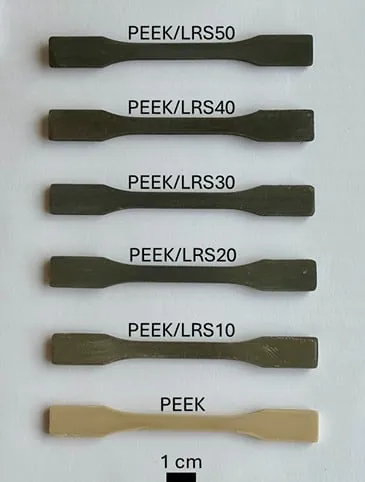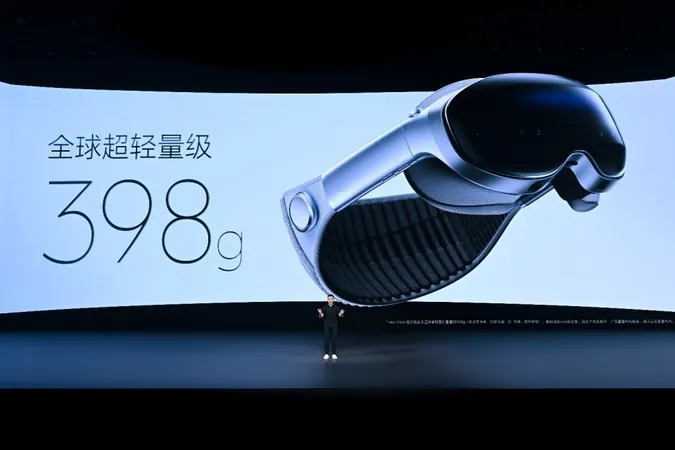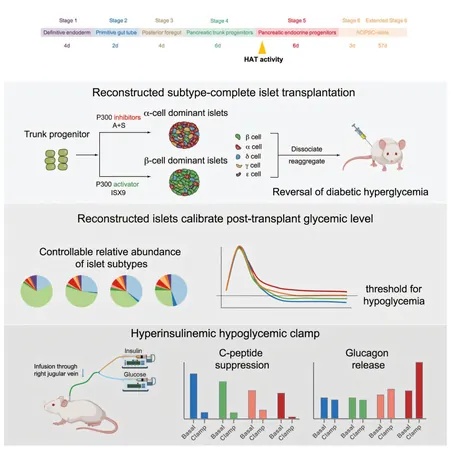
Revolutionizing Space Manufacturing: 3D Printing with Lunar Regolith and PEEK
2025-08-09
Author: Sarah
The Future of Space Exploration is Here!
3D printing is set to transform space exploration, not just for its versatility in creating various objects, but also for its potential to utilize materials found in space. A groundbreaking study from Concordia University has achieved a significant leap in integrating lunar regolith—material that mimics Moon soil—with a thermoplastic called polyether-ether-ketone (PEEK). This innovation optimizes the use of local resources, drastically reducing costs of launching materials from Earth.
Conquering the Challenges of Regolith Mixing
Previous attempts to mix PEEK with lunar regolith faced daunting challenges. The hard particle composition of regolith led to issues with extrusion, creating dust clouds instead of smooth prints. Moreover, this mixture suffered from poor mechanical properties, such as brittleness and decreased tensile strength. However, Concordia researchers have developed a strategy to overcome these hurdles, revealing promising results.
Advanced Techniques for a Stronger Mix
Led by Mohammed Azami, the team introduced a 'twin screw' configuration for their mixing process. This innovative method allowed for a remarkable increase, enabling a mix containing up to 50% lunar regolith compared to the previous 30% limit—an exciting milestone in using local materials for manufacturing.
The Solution to Delamination and Warping
Despite the success in increasing regolith content, printed components began to exhibit delamination and warping. To tackle this, the researchers employed a 'raft'—an intermediary layer using polyether-ketone-ketone (PEKK) for better adhesion to the printing surface. Utilizing a dual-nozzle system, they successfully printed the PEKK and the PEEK-regolith mix, enhancing the structural integrity of the prints.
Annealing: A Double-Edged Sword
After achieving higher concentrations of lunar regolith, the team explored the annealing process, which typically enhances mechanical properties. While annealing improved some characteristics, results varied with regolith concentrations, hinting at a complex relationship between material properties and composition.
Finding the Ideal Balance
The research revealed a trade-off in material properties. While the stiffness increased with higher regolith content, tensile strength and ductility decreased. Ultimately, the optimal mix for balancing resource use and mechanical performance was found to be around 60% PEEK and 40% lunar regolith.
Looking Ahead: Pioneering the Future of Lunar Manufacturing
There’s much more to explore in the realm of 3D printing with regolith. Future experiments may involve combining lunar regolith with various polymers and conducting tests in simulated lunar conditions, such as reduced gravity and vacuum. Although it may take time for 3D printing to become a staple in Moon-based manufacturing, this pioneering research marks a crucial step toward that vision.
Join the Movement in Space Innovation!
As we stand on the brink of interplanetary expansion, innovations like this will be pivotal. The ability to manufacture with local materials not only saves costs but also paves the way for a sustainable future in space exploration. Get excited for what’s to come!





 Brasil (PT)
Brasil (PT)
 Canada (EN)
Canada (EN)
 Chile (ES)
Chile (ES)
 Česko (CS)
Česko (CS)
 대한민국 (KO)
대한민국 (KO)
 España (ES)
España (ES)
 France (FR)
France (FR)
 Hong Kong (EN)
Hong Kong (EN)
 Italia (IT)
Italia (IT)
 日本 (JA)
日本 (JA)
 Magyarország (HU)
Magyarország (HU)
 Norge (NO)
Norge (NO)
 Polska (PL)
Polska (PL)
 Schweiz (DE)
Schweiz (DE)
 Singapore (EN)
Singapore (EN)
 Sverige (SV)
Sverige (SV)
 Suomi (FI)
Suomi (FI)
 Türkiye (TR)
Türkiye (TR)
 الإمارات العربية المتحدة (AR)
الإمارات العربية المتحدة (AR)